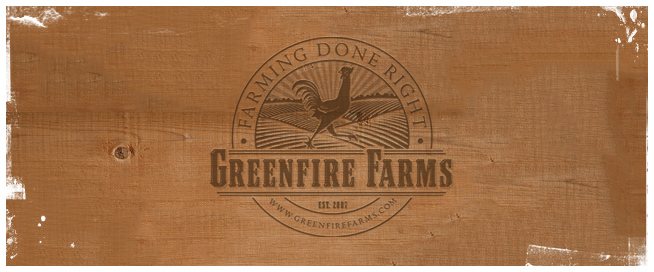An Oak's View of the Farm
Monday, December 15, 2008
At the top of our property sits one of the largest live oaks in Florida. A carpenter who helped build our house became intrigued with the monster tree, and he measured its circumference. (When you measure trees for the record book, you take the measurement at 'standard breast height.' Naturally, given our innate physical superiority, standard breast height in America is about 3" higher than the same measurement in Europe.) After doing some research, he found that our tree is one for the record books, its circumference rivaling the largest of this species in the state.
Our giant is immensely old. It was probably a sapling when the first Spaniards explored this area, and it is quite possible that they paused by this oak as they traversed this strange new land. (Less than a day's walk from the oak is the camp where Ponce de Leon first overwintered in the New World.) The ancient oak sits atop a tall hill, and over the centuries it has suffered many lightning strikes. Every decade or two it must lean against the remnants of a hurricane blown fifty miles inland off the Gulf. Yet, despite centuries of these violent assaults that have left it scarred and battered, it survives.
Its limbs are improbably thick and long, draping almost to the ground from the enormous trunk. Although the suspension of these huge limbs seems to defy physical law, for agile children they're an inviting staircase that leads to the hidden crown of the tree. The limbs are festooned with Spanish moss and on top of each limb sprouts a hairy coat of resurrection ferns. These ferns, which recede into a dull brown mat during dry periods, spring into bright green life immediately after a thunderstorm.
For half a millenium this oak has been a silent witness to the changes that came to this land. In the mid-1800s this area was first cleared for farming. There was a patchwork of small farms and large, corporate-owned farms. The Dutch invested heavily in the region and hired professional managers to conduct their large agricultural operations. My great-grandfather was one of those managers on a farm about thirty miles from here in a small company town; a town that was named Little Amsterdam during what must have been a bout of severe homesickness experienced by the men from Holland. Little Amsterdam no longer exists.
By the 1900s tobacco was the cash crop in this part of the country -- a special type called 'shade tobacco.' Shade tobacco was grown from a variety of tobacco plant that couldn't tolerate the full glare of the harsh summer sun. So, huge fields were covered in cheese cloth to filter the sun's rays on the delicate leaves. The leaves were picked by hand and could not be torn or they were ruined. It was the destiny of those pampered leaves to become the outer casing for hand-wrapped cigars. They are carried by field hands and gently laid on wooden carts drawn by mules, taken to large wooden barns where they were hung and dried until leathery and supple. Not a half mile from the giant oak are the deteriorating shells of some of those old curing barns, slowly surrendering to time and gravity.
At about the time the Great Depression began, a sharecropper's shack was built under the oak. I've been told by people in the area that despite lacking running water, the sharecropper raised a dozen children in that shack that was about the size of a modern two-car garage. The shack's old chimney was built of bricks made of clay mined a few miles away. The water used in the shack was carried by hand from the springs and seeps that are only a short walk from the oak.
In the 1950s the farm and the surrounding 200 acres was purchased for about $25 an acre. Eventually, the landowner divided it among his seven children, and the land on which our farm is located went to a son who had little interest in farming. (The sum of his efforts amounted to planting a minimalist orchard of a single pear tree.) By the time I bought the land in 1988, it had developed an impressive stand of volunteer pines over most of the property. I kept the land for a few years, sold it, then bought it back in 1998. That year, I returned for good, and I married my wife at sundown in the shadow of that old oak tree.
Today, we're slowly removing the volunteer pines and converting the land once again to pasture and vegetable plots. The pines were nice but not very edible, and we had to let the sunlight reach plants that could be eaten by us or used as forage by the livestock. About half the farm is deciduous bottomland and will never be cleared.
Through many generations of men, each with a different vision to impress upon the world, this oak has stood in silent contemplation. Better than us, it knows the impermanence of men's dreams. I can only hope that it finds my dream, if not more productive than the others, at least slightly more amusing.

 Cart:
Cart: 


